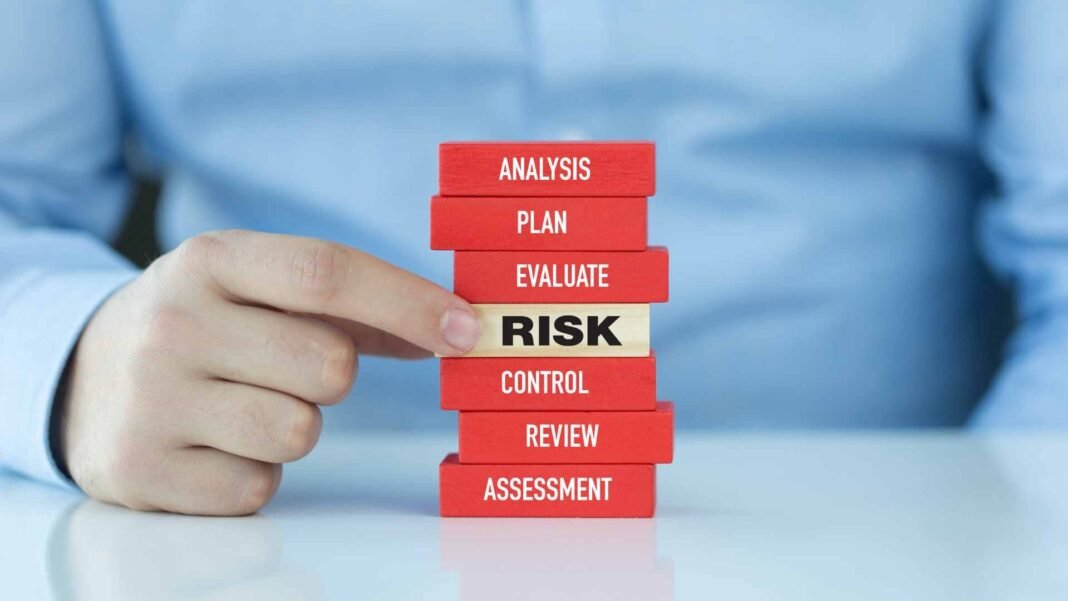In the fast-paced and ever-evolving world of financial services, where markets fluctuate, regulations tighten, and technology advances rapidly, managing risk is not just a necessity—it’s a survival strategy. Financial institutions, from banks and insurance companies to investment firms, face a complex web of risks that can threaten their stability, profitability, and reputation. These risks include market volatility, credit defaults, operational failures, regulatory changes, and increasingly, cyber threats. To navigate this challenging landscape, financial services rely on a sophisticated arsenal of tools and techniques designed to identify, assess, and mitigate risks effectively.
The Importance of Risk Management in Financial Services
Risk management is the backbone of any successful financial institution. It involves identifying, assessing, and prioritizing risks, followed by the coordinated application of resources to minimize, monitor, and control potential threats—or to maximize opportunities.
In financial services, where the stakes are high and the consequences of failure can be catastrophic, effective risk management is non-negotiable. It ensures compliance with stringent regulatory requirements, protects against financial losses, safeguards reputation, and maintains stakeholder confidence. Without robust risk management, even the most established institutions can falter, as seen in past financial crises. In 2025, with the added complexity of digital transformation and global economic uncertainties, the role of risk management has become even more critical.
Key Tools in Risk Management for Financial Services
Financial services organizations today have access to a wide range of advanced tools that help them manage risks more effectively. Below is a table summarizing some of the most prominent tools shaping risk management in 2025:
1. Enterprise Risk Management (ERM) Software
ERM software provides a holistic view of all risks across an organization, integrating them into the strategic planning process. In 2025, advanced ERM solutions leverage artificial intelligence (AI) and machine learning to predict potential risks and offer real-time insights, enabling proactive decision-making. For instance, tools like Riskonnect offer comprehensive platforms that centralize risk data, automate compliance processes, and provide actionable intelligence through customizable dashboards and reports. These tools help financial institutions align their risk management strategies with their overall business objectives.
2. Risk Analysis Software
These tools use complex statistical models, such as Monte Carlo simulations, to analyze various risk scenarios. They help financial institutions understand the potential impact of different risks on their operations and financial health, allowing for better preparedness and response strategies. For example, a bank might use such software to model the impact of interest rate changes on its loan portfolio or to assess the likelihood of credit defaults in a particular sector.
3. Risk Intelligence Platforms
Powered by AI and big data analytics, risk intelligence platforms provide predictive insights into emerging risks. They monitor market trends, regulatory changes, and internal data to flag potential issues before they escalate, giving financial services a critical edge in risk anticipation. Platforms like SecurityScorecard focus specifically on cybersecurity, providing continuous monitoring and assessment of an organization’s digital defenses.
4. Cybersecurity Assessment Tools
With the digital transformation of financial services, cybersecurity has become a top priority. Cybersecurity assessment tools continuously evaluate and monitor an institution’s digital infrastructure for vulnerabilities, ensuring protection against cyber threats that could lead to data breaches or financial losses. For example, tools like SecurityScorecard offer features such as vulnerability scanning, predictive analysis, and audit management, helping institutions stay ahead of evolving cyber risks.
5. Scenario Analysis Tools
Scenario analysis involves creating hypothetical scenarios to test how an institution would fare under different conditions, such as economic downturns, natural disasters, or pandemics. These tools help in stress testing financial models and preparing contingency plans. For instance, during the COVID-19 pandemic, many financial institutions used scenario analysis to understand the potential impact of prolonged economic shutdowns on their operations and profitability.
6. Risk Registers
A risk register is a centralized database that lists all identified risks, their likelihood, impact, and the mitigation strategies in place. It serves as a vital tool for tracking and managing risks throughout the organization. Regular updates to the risk register ensure that management has up-to-date information on the institution’s risk profile, enabling informed decision-making.
7. Probability and Impact Matrix
This matrix helps in prioritizing risks based on their probability of occurrence and potential impact. It provides a visual representation that aids in decision-making regarding which risks to address first. For example, a high-probability, high-impact risk like a major cyberattack would be prioritized over a low-probability, low-impact risk like a minor operational disruption.
Key Techniques in Risk Management
In addition to tools, financial services rely on a variety of techniques to manage risks effectively. These techniques provide frameworks for decision-making and action, as outlined in the table below:
1. Risk Avoidance
This technique involves eliminating risks by deciding not to engage in certain activities or investments that are deemed too risky. For example, a bank might choose not to lend to a particular sector known for high default rates, such as startups in a volatile industry.
2. Risk Transfer
Transferring risk to another party is a common technique, often achieved through insurance or hedging instruments. Financial institutions use derivatives like options and futures to hedge against market risks, such as fluctuations in interest rates or currency values.
3. Risk Mitigation
This involves taking steps to reduce the likelihood or impact of a risk. For instance, implementing stricter credit assessment processes can reduce credit risk, while enhancing cybersecurity measures can protect against data breaches.
4. Risk Acceptance
Sometimes, the cost of mitigating a risk outweighs the potential loss, leading institutions to accept the risk. This decision is often based on cost-benefit analysis and the institution’s risk appetite. For example, a bank might accept the risk of minor operational disruptions if the cost of preventing them is too high.
5. Contingency Planning
Developing plans for when risks materialize is crucial for minimizing disruption. Contingency plans might include backup systems, emergency funds, or alternative operational strategies. For example, having a robust disaster recovery plan ensures that operations can continue even in the event of a cyber attack or natural disaster.
6. Quantitative and Qualitative Risk Analysis
Quantitative analysis uses numerical data and statistical models to assess risks, while qualitative analysis relies on expert judgment and experience. Both approaches are essential for a comprehensive risk management strategy. For instance, quantitative analysis might involve calculating the probability of a credit default, while qualitative analysis might assess the reputational impact of a potential scandal.
The Impact of Regulatory Changes on Risk Management
Regulatory changes significantly influence risk management strategies in financial services. New regulations can introduce compliance risks, requiring institutions to adapt their processes and allocate resources accordingly. For example, stricter capital requirements or enhanced anti-money laundering (AML) laws necessitate more robust risk management frameworks.
In 2025, with increasing regulatory scrutiny, financial institutions must proactively monitor regulatory developments and integrate them into their risk management practices. This includes regular updates to risk assessments, training staff on new compliance requirements, and investing in technology that can handle increased reporting and monitoring demands. Failure to adapt can result in hefty fines, reputational damage, or even legal consequences.
The tools and techniques of risk management are indispensable for the financial services sector. As we move further into 2025, the integration of advanced technologies like AI, machine learning, and big data analytics into risk management tools is revolutionizing how financial institutions handle uncertainty.










